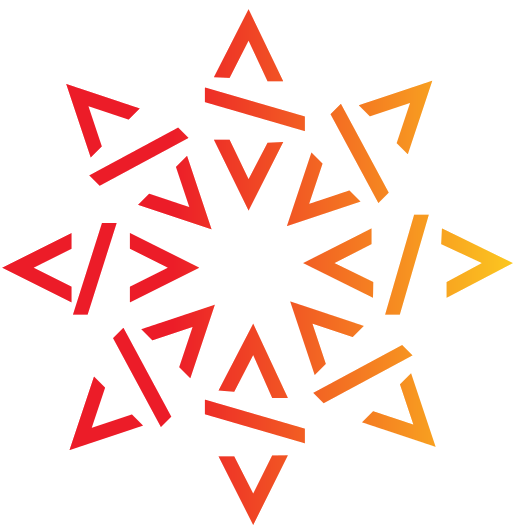The power of many: Collaborating for greater impact
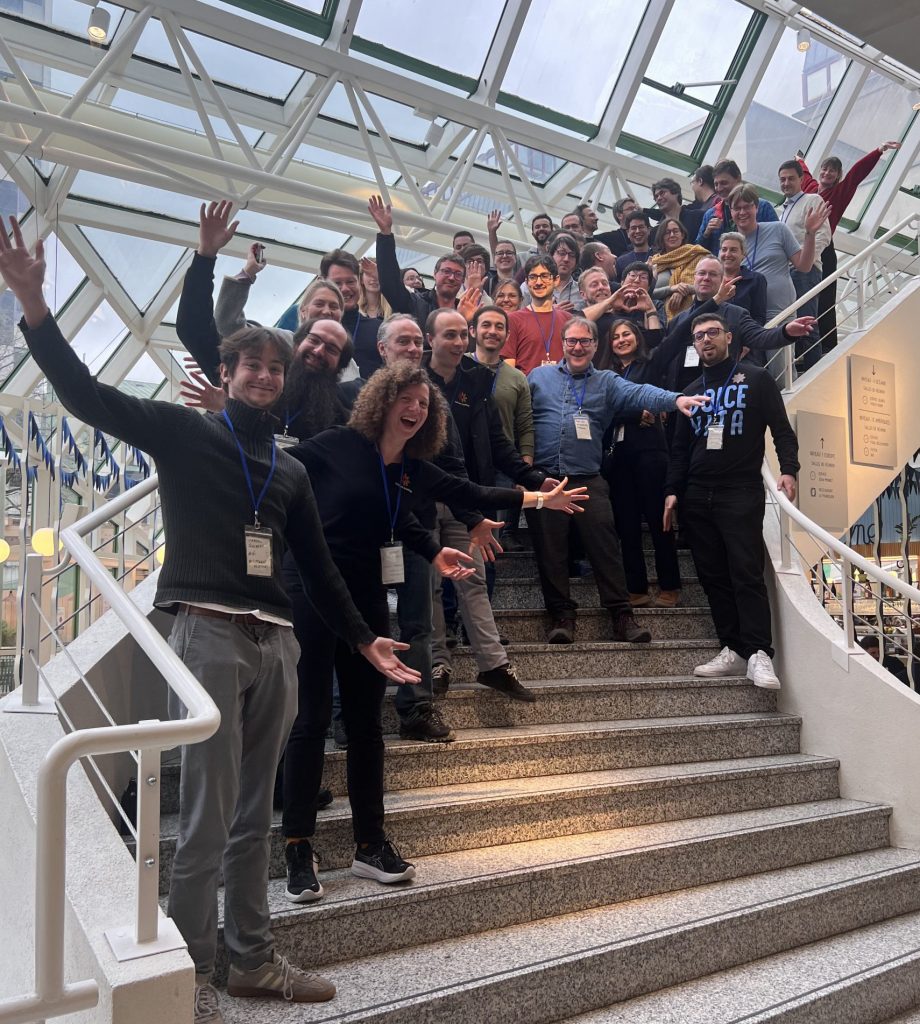
Software Heritage matters to so many, but explaining why can be tricky. Ultimately, it’s about saving our digital past, and the most powerful way to understand that is through the voices of our community. So during our latest community workshop, we asked participants to share how Software Heritage’s core missions resonated with them. For a single, focused day, about 30 participants and the Software Heritage team united their knowledge and skills.
One of the purposes of the 2025 community workshop was to create a series of posters collaboratively. A poster may be a powerful medium to catch the attention of potential new users, to enable feedback from peers, but also to create collaboration opportunities. The post-production process involved a graphic designer. Catherine Benini, a graduate of the Ensaama School of Art & Design, translated community members’ key messages into graphic form.
You can check them out in more detail here:
- Discovering open source: One-stop shop for software discovery
- The Library of Alexandria was available until it was not
- Measuring impact by extracting knowledge of software assets: How to enhance transparency, improve accessibility, and measure the impact of software projects?
- Repair today, repair tomorrow: Software Heritage
The goal is not to provide scholarly posters or technical details but to provide Software Heritage advocates with tools to ignite progress through Alex Bailey’s “pathway to inclusion.”
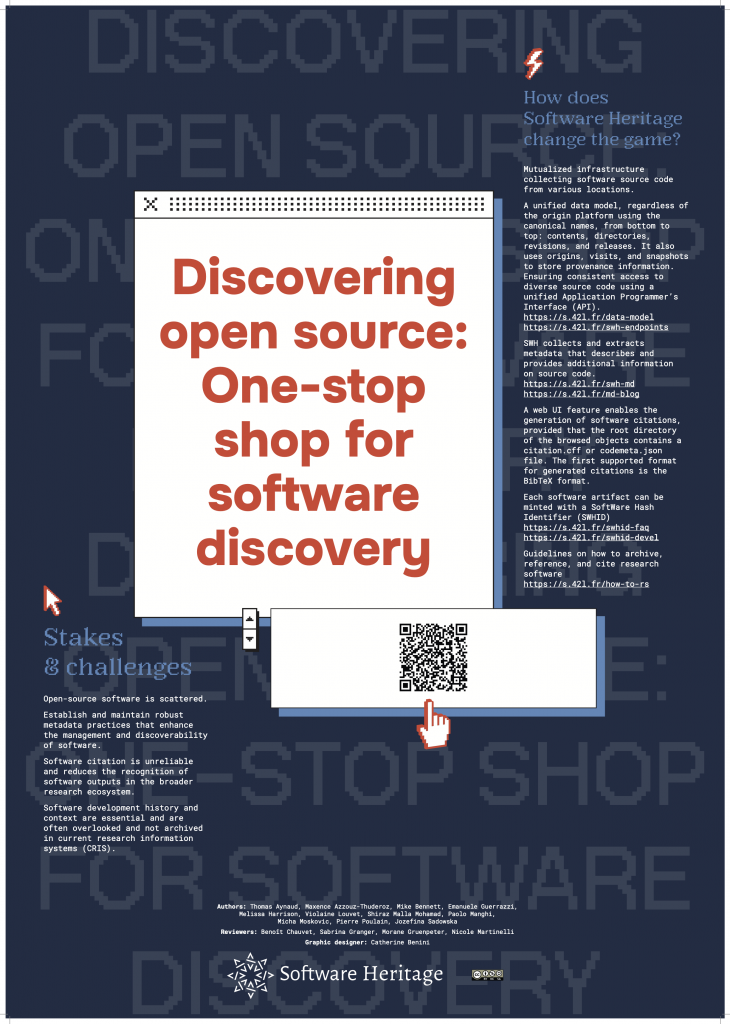
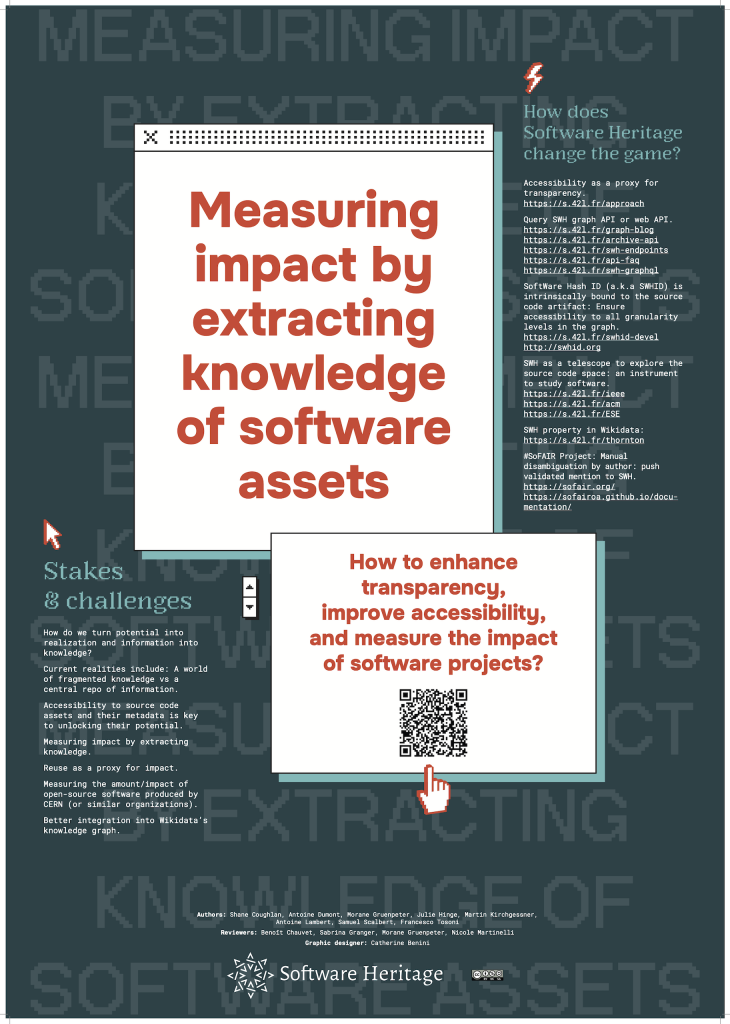
The “pathway to inclusion”: from awareness (“Heard of it”) to understanding (“I get it”) to identification (“I can do this”). This leads to active participation, eventually fostering ownership – volunteering time, leading, or running activities. Who better to guide this journey than our own community?
Participants were given four choices to guide their reflection: “Permanency”, “The right to repair”, “Transparency”, and “Discovery”. They used a common template to articulate their thoughts. Designed to be easily remembered yet offer deeper technical insights, each poster contextualizes the main challenges on the left and presents Software Heritage’s solutions on the right.
Getting those posters together in just one day for a wide audience took some real effort. Several participants described the design process as both enjoyable and pretty intense. The fact that folks from so many different parts of the Software Heritage community were involved made for an interesting dynamic. Software developers see things differently from the archivists and librarians, while metadata experts or project managers all have distinct needs. For example, for some users, the SoftWare Hash Identifier (SWHID) is a powerful tool to ensure research’s reproducibility. For others, the SWHID serves mostly for flagging vulnerabilities. Mention it to a third group and they might ask, “Ah, you mean the ISO/IEC 18670?”
The final posters aren’t just informative; they’re a playful trip down memory lane. Their design deliberately echoes the clunky charm of old computer interfaces – think chunky windows, pixelated fonts that wink at the past, and those ever-blinking cursors. It’s a nostalgic nod to our digital origins, while keeping things light and avoiding a stuffy, institutional feel. As designer Benini puts it, “The goal is to create a visually appealing nod to digital heritage. Dynamic layouts and contrasting colors bring a modern edge, intended to draw in the public.”
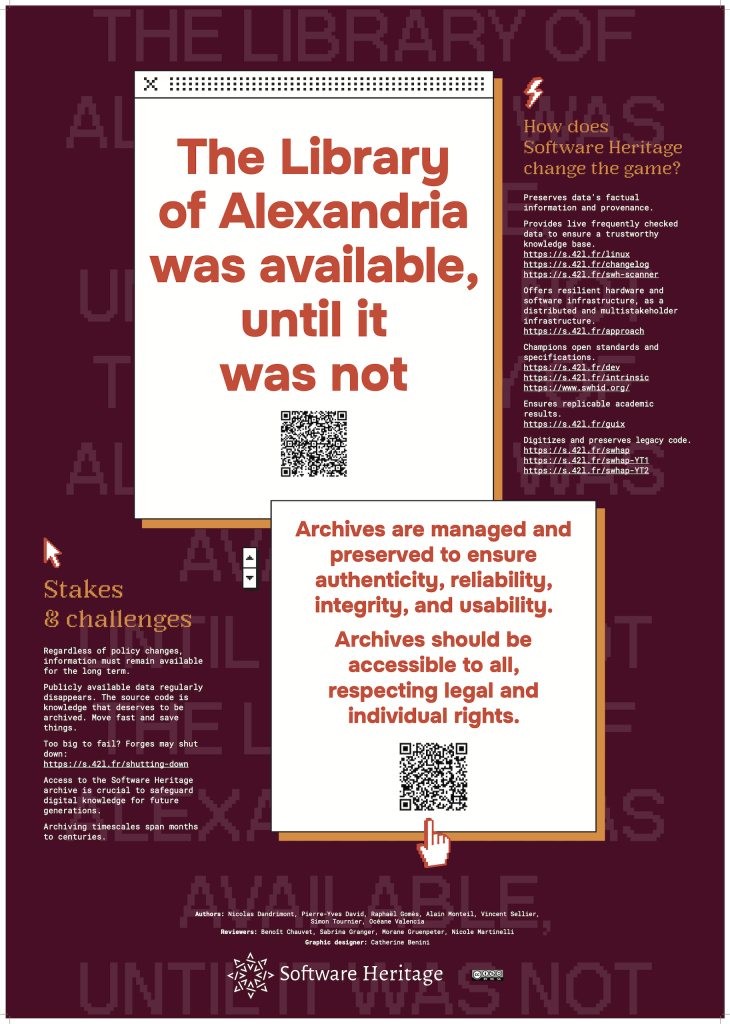
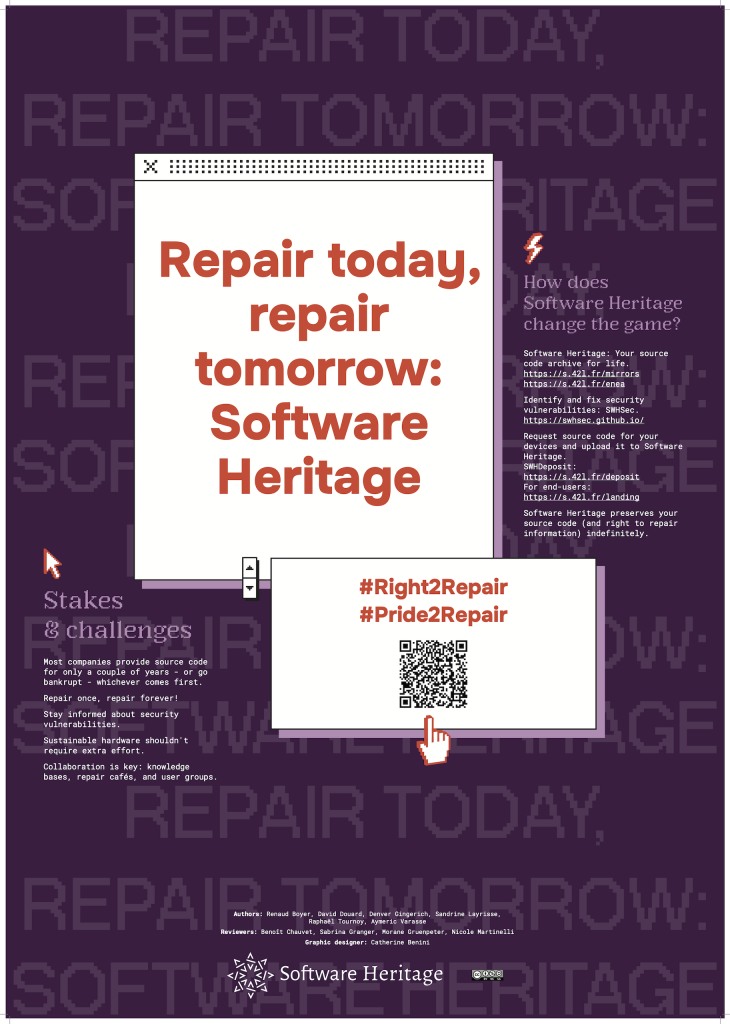
Beyond the visible outcomes, the 2025 community workshop also fostered something equally vital: stronger connections between community members and the Software Heritage team.
Join us
Want to participate in inclusive activities that value all kinds of skills? Explore ways to contribute on our community pages:
Connect with us on social media and help spread the word:
http://www.linkedin.com/company/swheritage
https://mstdn.social/@swheritage
Find out how to get involved on our community pages.:
Support recognizing software as a fundamental element of our cultural and scientific heritage.
